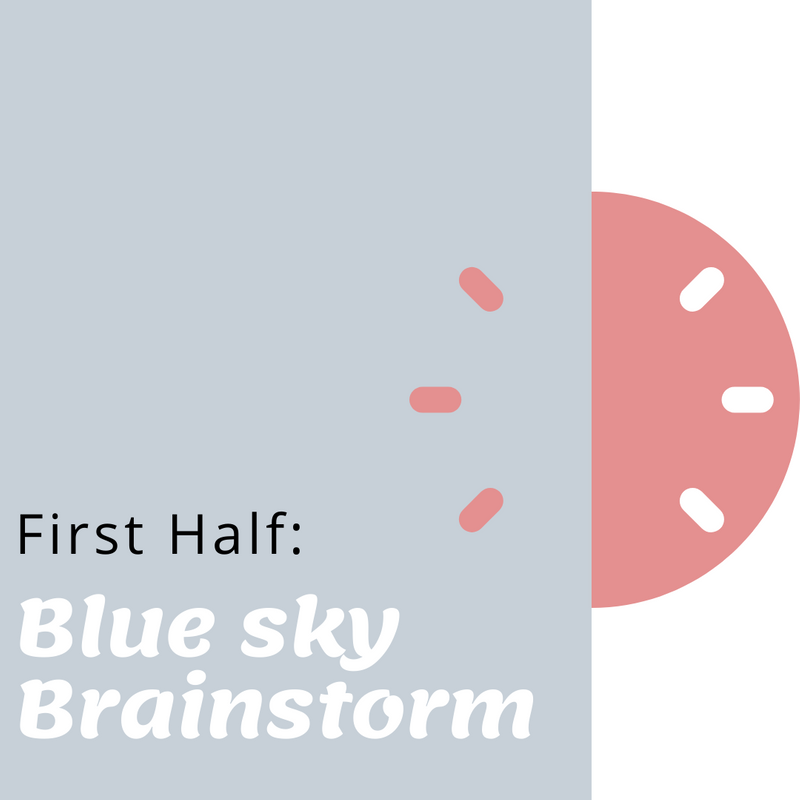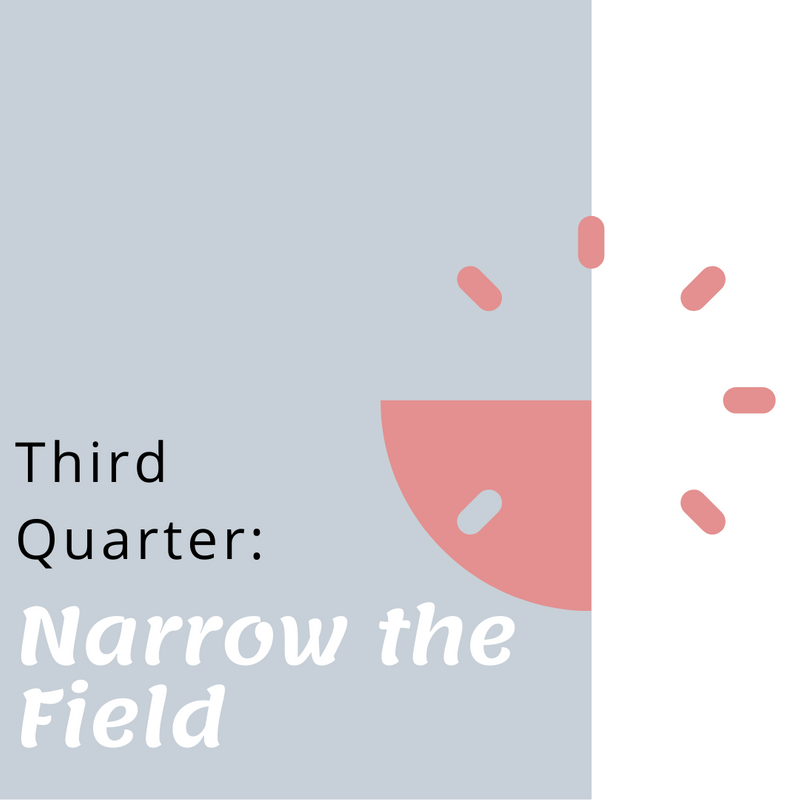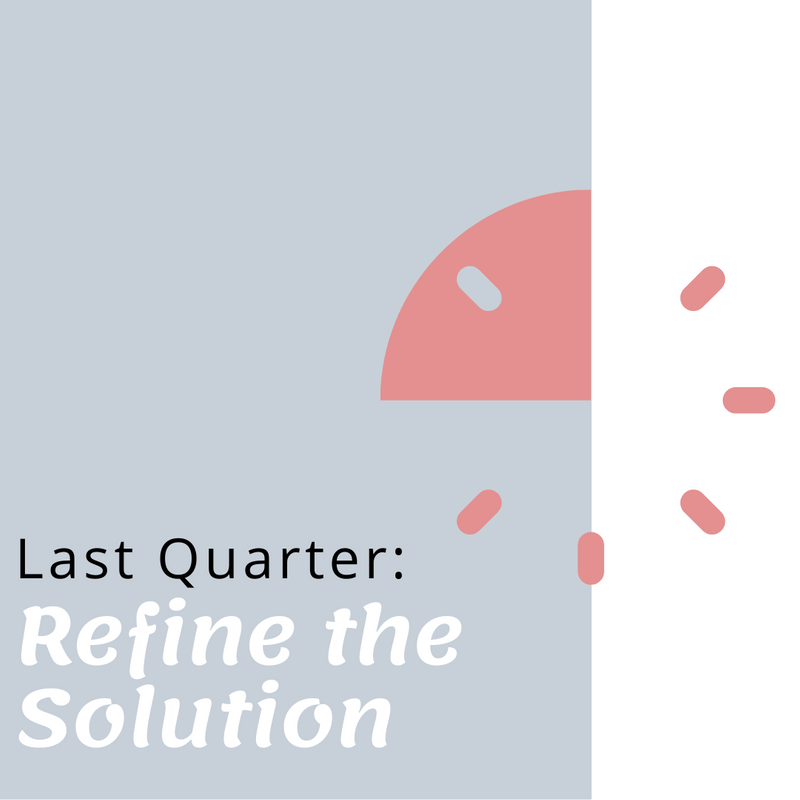
This logo isn't an ad or affiliate link. It's an organization that shares in our mission, and empowered the authors to share their insights in Byte form.
Rumie vets Bytes for compliance with our
Standards.
The organization is responsible for the completeness and reliability of the content.
Learn more
about how Rumie works with partners.
When we're brainstorming, sometimes we can get boxed in by what we think is realistic.
We don't have the budget for that.
It'll never work here.
We've never done that before
But putting too many limits on a brainstorm stops the flow of creative ideas.
If the goal is to find the best solution, we need to be open to creative possibilities.
Learn about one way to do this: "How Might We" statements in the video below.
How Might We?

Start your next brainstorming session with a "How Might We" statement. Complete the sentence with whatever your goal is. For example..
How might we increase sales by 20%?
How might we work more efficiently as a team?
How might we adapt our business model for a recession?
Using the word "might" opens up a world of possibilities. We aren't limited by what we should do. It encourages everyone to think more flexibly about how things could work.
Quiz
What's the impact of using the word "might" in a brainstorm statement?
"Might" invites creativity and possibility, and sets you free from how things have been done in the past. As long as you stay focused on the goal and what's possible, your team will still take it as a serious exercise and generate realistic ideas.
Structuring A "How Might We" Brainstorm
Blue Sky: All Ideas Welcome
Use the first half of your brainstorming time sharing ideas and responses to the prompt. The sky is the limit on the creativity of your ideas.
Invite everyone to participate and share ideas for how you might be able to approach the "How Might We Statement."
Don't go too far into detail on any single idea. For now, just record the ideas as they come up.

Quiz
What phrase would not be appropriate during the "blue sky" portion of a brainstorm?
Questions are welcome during the blue sky portion of a "How Might We" brainstorm. But shutting down an idea by saying it "won't work" puts limits on the types of creative ideas people will come up with.
Narrowing the Field

Now that you've generated a creative list of possibilities, it's time to decide which ideas are most realistic and appropriate.
Use the process of elimination to remove ideas from your list until you're left with a handful of options.
Did you know?
Refine the Solution
Now that you have a few realistic and appropriate solutions, consider: what are the strengths and weaknesses of each one?
There's no need to commit to a single approach.
Can you combine elements from different options to build an even stronger approach?
Ask yourself: How might I bring together the strengths of all of these ideas?

Depending on your timeline, you may make a plan of action at this stage. Or, you may choose to take some more time to discuss with others and make the solution even stronger.
Quiz
What's the goal of the "Refine the Solution" brainstorm stage?
The goal of this stage is to create the best possible solution. This may mean combining strategies. Even if a decision is not made, you should have some strong ideas that you can continue to refine.
Take Action

Using "How Might We" is a minor adjustment to a brainstorm prompt. But the creative and flexible thinking it unlocks can be powerful.
As you continue with your week, ask yourself: How might I incorporate this strategy into my approach to problem solving?
This Byte has been authored by
Sam Zimmer
Rumie Director of Learning